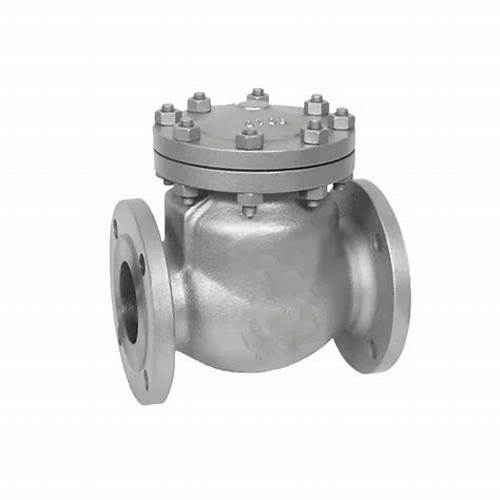Understanding the Importance of Piping Components Including Valves and Fittings
Understanding Piping Valves and Fittings Essential Components of Fluid Management
Piping systems are the backbone of various industries, including water treatment, oil and gas, and chemical manufacturing. Within these systems, valves and fittings play crucial roles in facilitating, controlling, and directing the flow of fluids. This article aims to provide an overview of piping valves and fittings, their types, functions, and importance in fluid management.
The Role of Valves in Piping Systems
Valves are mechanical devices used to regulate the flow of fluids within a piping system. They can start, stop, or throttle the fluid flow, ensuring that the system operates efficiently and safely. There are several types of valves, each designed for specific operations and applications
1. Gate Valves These are primarily used to start or stop the flow of fluid. They offer minimal resistance when the valve is fully opened and are ideal for on/off applications.
2. Globe Valves These valves are designed for throttling and regulating flow. They have a spherical body and provide a good level of control, making them suitable for applications where flow rate adjustments are necessary.
3. Ball Valves Known for their durability and reliability, ball valves can provide a tight seal and are often used in applications requiring quick shut-offs. Their operation is swift, enabling efficient flow control.
4. Check Valves These are used to prevent backflow in piping systems, ensuring that fluids flow in one direction only. Check valves are essential in protecting pumps and other equipment from damage caused by reverse flow.
5. Butterfly Valves These valves consist of a rotating disc and are used for throttling and isolation. They are lightweight and provide a compact solution for regulating flow in large pipelines.
Each type of valve plays a specific role, and the selection of a particular valve depends on the fluid characteristics, system pressure, flow rate, and required response time.
Importance of Fittings in Piping Systems
piping valves and fittings

While valves control flow, fittings are used to connect various sections of piping, allowing for changes in direction, size, and flow characteristics. Fittings come in different shapes and sizes, and they are essential for creating efficient and functional piping layouts. Key types of fittings include
1. Elbows These are used to change the direction of the piping, typically at angles of 90 or 45 degrees. Elbows are crucial for accommodating the layout of the system.
2. Tees Tee fittings are used to create branch connections within a piping system, allowing fluid to flow in multiple directions from a single pipeline.
3. Reducers These fittings are used to connect pipes of different diameters, facilitating a smooth transition and maintaining consistent fluid flow.
4. Couplings Couplings are used to connect two sections of the same pipe, ensuring a secure and leak-free joint.
5. Flanges Flanges provide a method for connecting pipes, valves, and other equipment, allowing for easy assembly and maintenance.
The Interplay of Valves and Fittings
In a piping system, valves and fittings work in tandem to create an efficient fluid management solution. The careful selection of valves and fittings is critical to ensuring the system's operational efficiency, safety, and reliability. Poorly chosen components can lead to leaks, pressure drops, and increased maintenance costs, underscoring the importance of expert knowledge in the design phase.
Conclusion
Understanding piping valves and fittings is essential for anyone involved in fluid management systems. Their roles in controlling flow and connecting components cannot be understated. By selecting the right valves and fittings based on system requirements, industry professionals can enhance efficiency, ensure safety, and extend the lifespan of their piping systems. As industries evolve and technology innovations emerge, the design and functionality of valves and fittings will continue to play a pivotal role in effective fluid management solutions.
-
The Key to Fluid Control: Exploring the Advantages of Ball Valves in Industrial SystemsNewsJul.09,2025
-
The Versatile World of 1, 2, and 3 Piece Ball ValvesNewsJul.09,2025
-
Stainless Steel Ball Valves: The Ideal Choice for Efficient Flow ControlNewsJul.09,2025
-
Optimizing Fluid Control with Ball Float ValvesNewsJul.09,2025
-
Manual Gate Valves: Essential for Control and EfficiencyNewsJul.09,2025
-
Everything You Need to Know About Butterfly ValvesNewsJul.09,2025
-
The Versatility of Wafer Type Butterfly ValvesNewsJul.08,2025




